Description
0.21mm Soft Resistance Wire KA1
The Crazy Wire Company are best known and long established as Europe’s preferred suppliers of top quality wire KA1. We have enormous stock levels at all times as we use this wire to weave our mesh products.
0.21mm FeCrAl A1 wire is a type of heating wire made of an iron-chromium-aluminium alloy. The wire has a diameter of 0.21mm, which is relatively thin and is commonly used in applications that require a low heating load or in building small heating coils. FeCrAl A1 wire is known for its high electrical resistance, high-temperature resistance, and good oxidation resistance, which make it suitable for use in heating elements, resistors, and other high-temperature applications. The wire is also easy to work with and can be easily shaped and bent into different configurations. FeCrAl A1 wire is commonly used in various heating applications, including electric ovens, toasters, water heaters, and industrial furnaces.
Technical Specification:
- Diameter – 0.21mm (210 Micron – 32 AWG)
- Ohms/ft – 3.58
- C = Min – 0% Max – 0.08%
- Si = Min – 0% Max – 0.7%
- Mn = Min – 0% Max – 0.4%
- Cr = Min – 20.5% Max – 23.5%
- Al = Nominal Comp – 5.8% – Min – 0% – Max – 0%
- Fe = Balance
Available KA1 Options:
- 1.15mm (17 AWG) – 1.35 ohms/m
- 1.02mm (18 AWG) – 1.77 ohms/m
- 0.9mm (19 AWG) – 2.15 ohms/m
- 0.8mm (20 AWG) – 2.84 ohms/m
- 0.7mm (21 AWG) – 3.58 ohms/m
- 0.6mm (22 AWG) – 4.94 ohms/m
- 0.65mm (22 AWG) – 4.26 ohms/m
- 0.64mm (22 AWG)
- 0.5mm (24 AWG) – 7.11 ohms/m
- 0.55mm x 0.1mm – 26.05 ohms/m
- 0.55mm (23 AWG) – 5.96 ohms/m
- 0.4mm (26 AWG) – 11.46 ohms/m
- 0.48mm (25 AWG) – 7.79 ohms/m
- 0.45mm (25 AWG) – 8.93 ohms/m
- 0.42mm (26 AWG) – 10.6 ohms/m
- 0.3mm (29 AWG) -19.89 ohms/m
- 0.38mm (27 AWG) – 12.79 ohms/m
- 0.37mm (27 AWG) – 13.26 ohms/m
- 0.35mm (27 AWG) – 14.69 ohms/m
- 0.34mm (28 AWG) -15.15 ohms/m
- 0.32mm (28 AWG) -17.46 ohms/m
- 0.2mm (32 AWG) – 46.11 ohms/m
- 0.28mm (30 AWG) – 22.75 ohms/m
- 0.27mm (30 AWG) – 24.86 ohms/m
- 0.25mm (30 AWG) – 29.29 ohms/m
- 0.23mm (31 AWG) – 34.36 ohms/m
- 0.21mm (32 AWG) – 40.44 ohms/m
- 0.1mm x 0.2mm – 71.83 ohms/m
- 0.1mm (38 AWG)
- 0.18mm (33 AWG) – 56.98 ohms/m
- 0.17mm (34 AWG) – 62.57 ohms/m
- 0.15mm (34 AWG) – 82.52 ohms/m
- 0.13mm (36 AWG) – 107.87 Ohms/m
- 0.12mm (36 AWG)
- 0.09mm (39 AWG) – 228.40 ohms/m
- 0.08mm (40 AWG)
- 0.07mm (41 AWG)
- 0.06mm (42 AWG) – 496 ohms/m
- 0.05mm (44 AWG) – 577 ohms/m
Why Use The Crazy Wire Company
- Quality of products: The Crazy Wire Company always offer high-quality products that meet industry standards and customer expectations.
- Selection: We offer a wide variety of wire products and sizes to meet the diverse needs of our customers. We have more than 600 products available through our site and counting.
- Price: We always offer the best value possible. Our wires are available as part of our major weaving processes, so it is bought at the best possible rate.
- Availability: Our products are kept in house and are ready to ship immediately.
- Customer service: Our experienced staff help our customers feel confident in their purchases and provide assistance when required.
What Else Is Available?
We do not only offer KA1 round wire. We also have a huge range of stainless steel wire and Ni80 round wire in immediate stock too.
Ribbon wire and flat wire are stocked for immediate dispatch too.
FAQs About This Wire
Why Can Tungsten Wire Not Be Used In An Electric Heater?
Tungsten wire is actually used as a heating element in some electric heaters, particularly in high-temperature applications such as halogen heaters and incandescent light bulbs. However, there are some reasons why tungsten wire may not be the best choice for all electric heaters:
- Cost: Tungsten wire is relatively expensive compared to other types of resistance wire, so it may not be the most cost-effective option for some heating applications.
- Brittleness: Tungsten wire is quite brittle and can be difficult to work with, which can make it challenging to manufacture heating elements that are durable and reliable.
- Slow heating and cooling: Tungsten has a high heat capacity, which means it takes longer to heat up and cool down than some other materials. This can make it less suitable for heating applications that require quick and precise temperature changes.
- Oxidation: Tungsten wire is prone to oxidation at high temperatures, which can cause it to break down and lose its heating properties over time. This can be mitigated by using protective coatings or by using tungsten alloys that are more resistant to oxidation.
How Is Resistance Related To Thickness Of Wire?
Resistance is inversely proportional to the thickness (diameter) of a wire. This means that as the diameter of a wire increases, its resistance decreases, and as the diameter decreases, the resistance increases. This relationship is described by the formula for electrical resistance:
R = ρL/A
Where R is resistance, ρ (rho) is the electrical resistivity of the wire material, L is the length of the wire, and A is the cross-sectional area of the wire. The cross-sectional area A is proportional to the square of the wire diameter, so as the wire diameter doubles, the cross-sectional area (and therefore the resistance) increases by a factor of four.
This relationship can be important in designing electrical circuits and choosing the appropriate wire gauge for a particular application. Thicker wires with lower resistance are often used for high-current applications to minimize power loss and heating, while thinner wires with higher resistance are used for lower current applications where heat generation is not a concern.
Does Twisting Wires Increase Resistance?
Twisting wires does not necessarily increase resistance. In fact, twisting wires together can sometimes lower the overall resistance of the circuit, depending on how it is done.
When wires are twisted together, the contact area between the wires increases, which can reduce the overall resistance of the circuit. This effect is more pronounced when the wires are made of materials that are good conductors of electricity, such as KA1 or silver. In addition, twisting wires can help to reduce electromagnetic interference and crosstalk in multi-conductor cables.
However, if the wires are not twisted tightly enough, or if the contact area between the wires is not sufficient, twisting can actually increase the resistance of the circuit. This is because loose or insufficiently twisted wires can create gaps or spaces between the wire strands, which can increase resistance and reduce the efficiency of the circuit.
Therefore, it is important to use appropriate techniques for twisting wires together, and to ensure that the twisted wires are properly secured and insulated to prevent unwanted contact or short circuits.
Can KA1 Be Used As A Cutting Wire?
KA1 is a type of wire made from iron, chromium, and Aluminium, and it is primarily used as a heating element in high-temperature applications. While it is possible to use KA1 wire as a cutting wire, it is not recommended because it is not designed for that purpose and may not be effective or safe. It’s better to use a wire specifically designed for cutting, such as piano wire or a high-strength steel wire.
The Crazy Wire Company is a leading UK based supplier of nichrome, FeCrAl, and stainless steel wires. We specialise in rapid delivery to any location around the country. Our factory is located in Warrington, which is the historic home of the UK’s wire industry.
Check out our blog ‘everything that you need to know about wires’ for more information on resistance wire in general. Our goal for our blogs and help guides is to answer as many questions as possible to help to explain the possibilities of mesh to our customers.
We also offer similar products through our highly popular eBay store, check us out there too.
Contact our team today if you have any questions at all. We are always really keen to help in any way that we can.




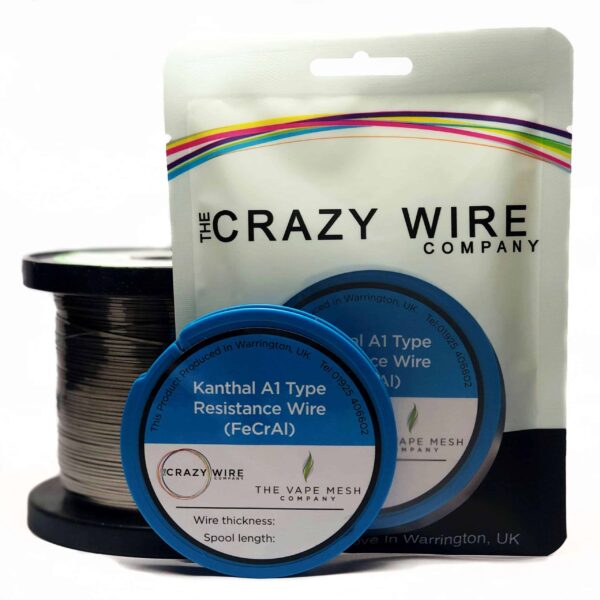
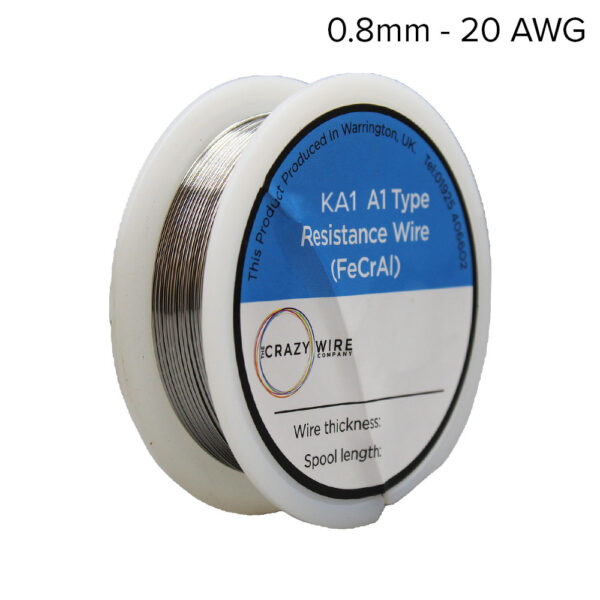
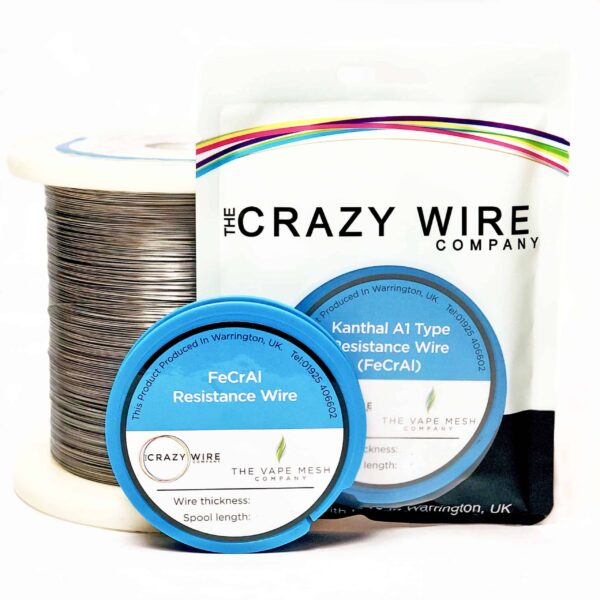
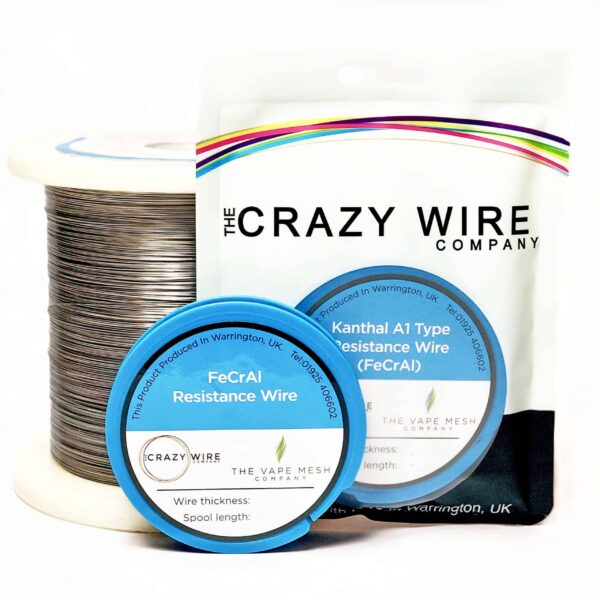

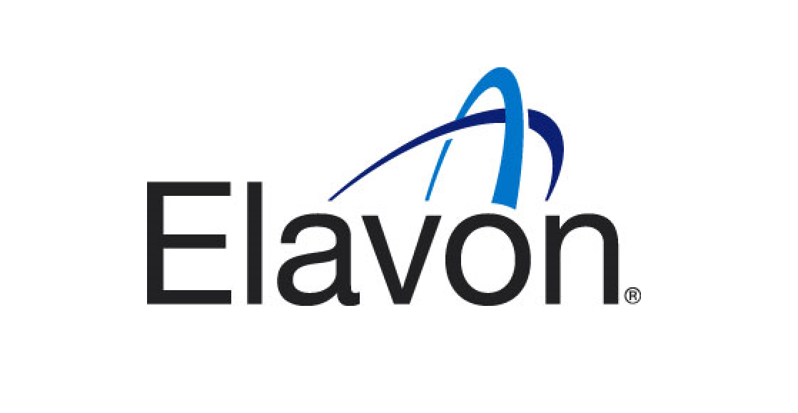


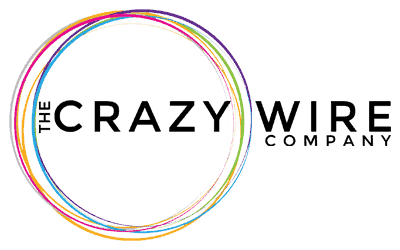
Reviews
There are no reviews yet.